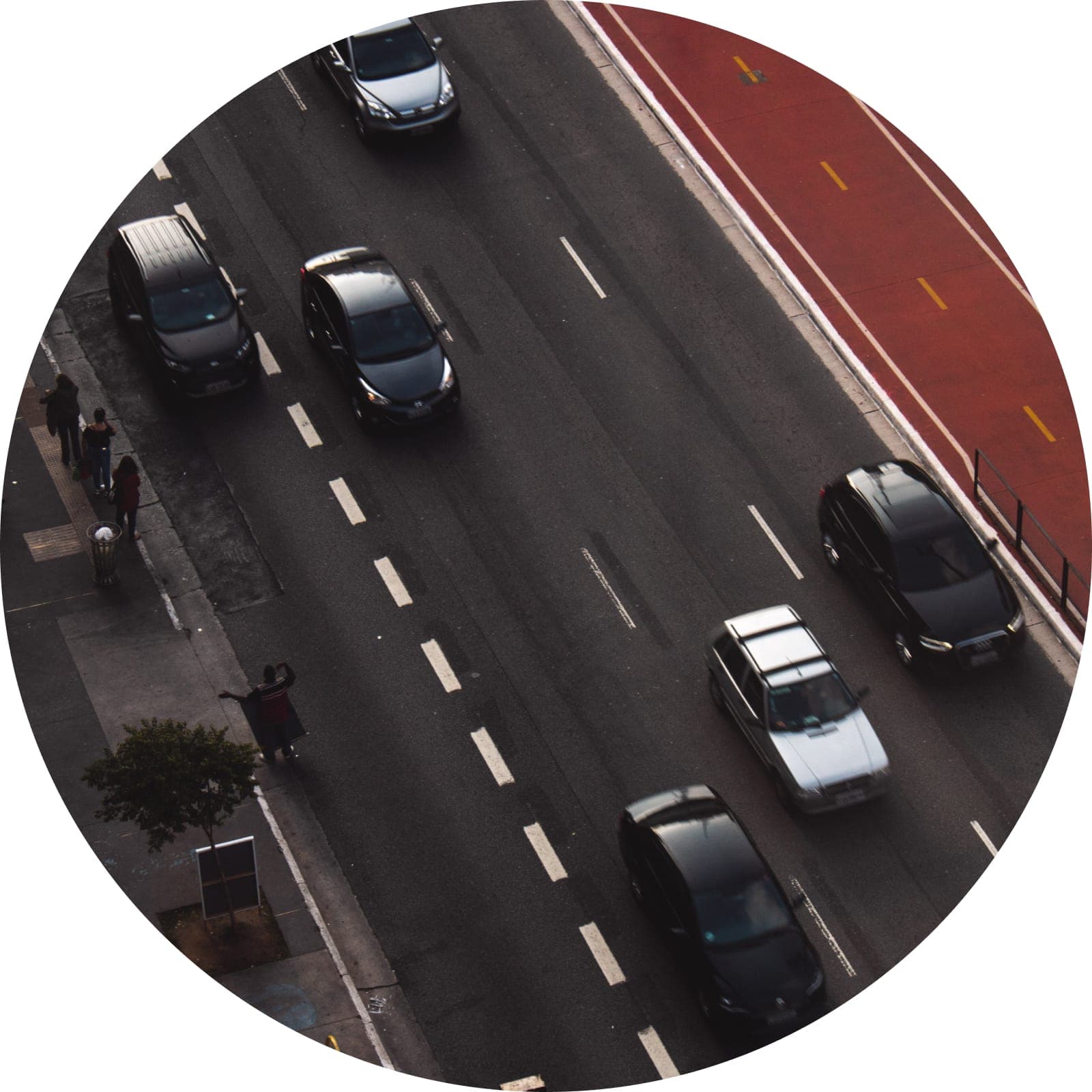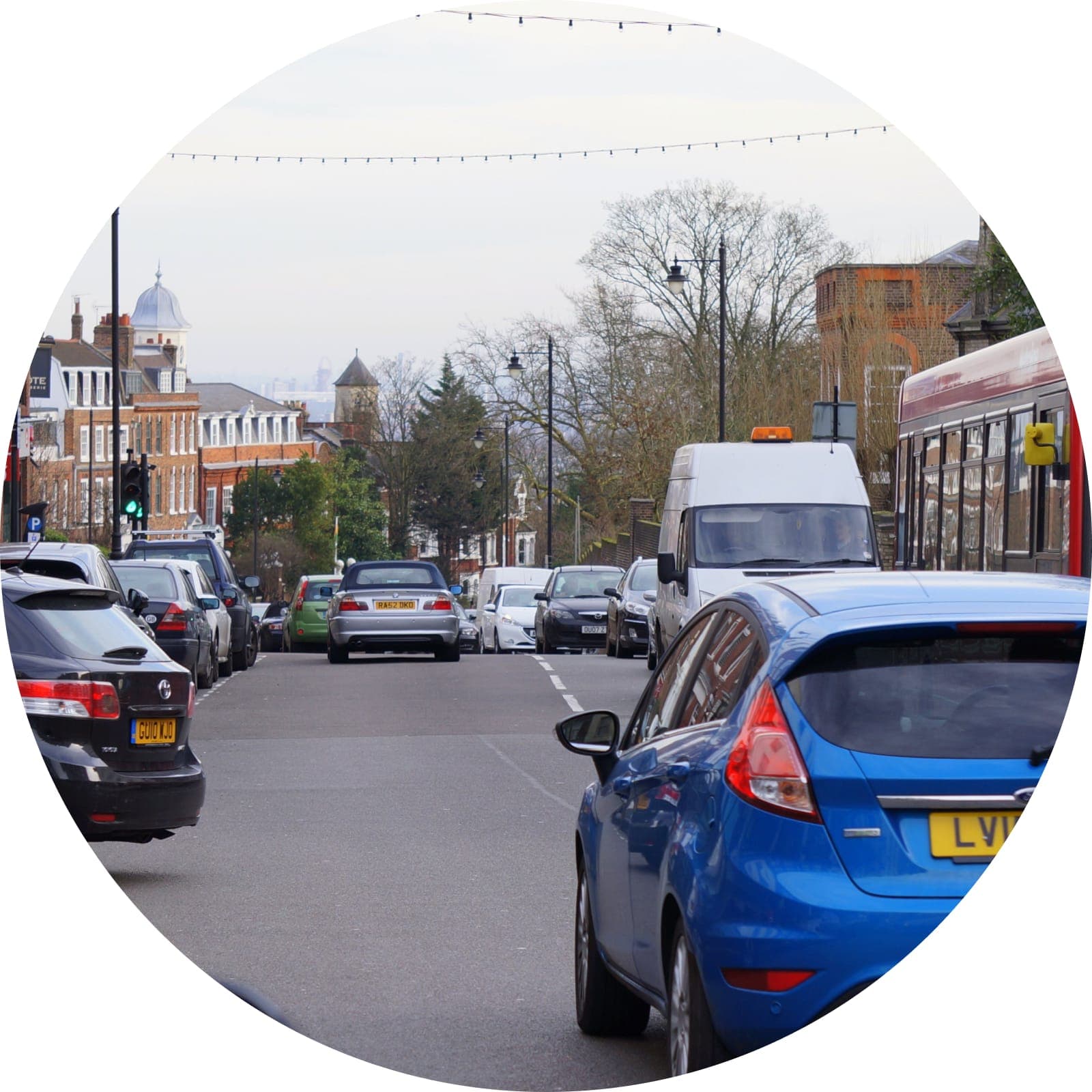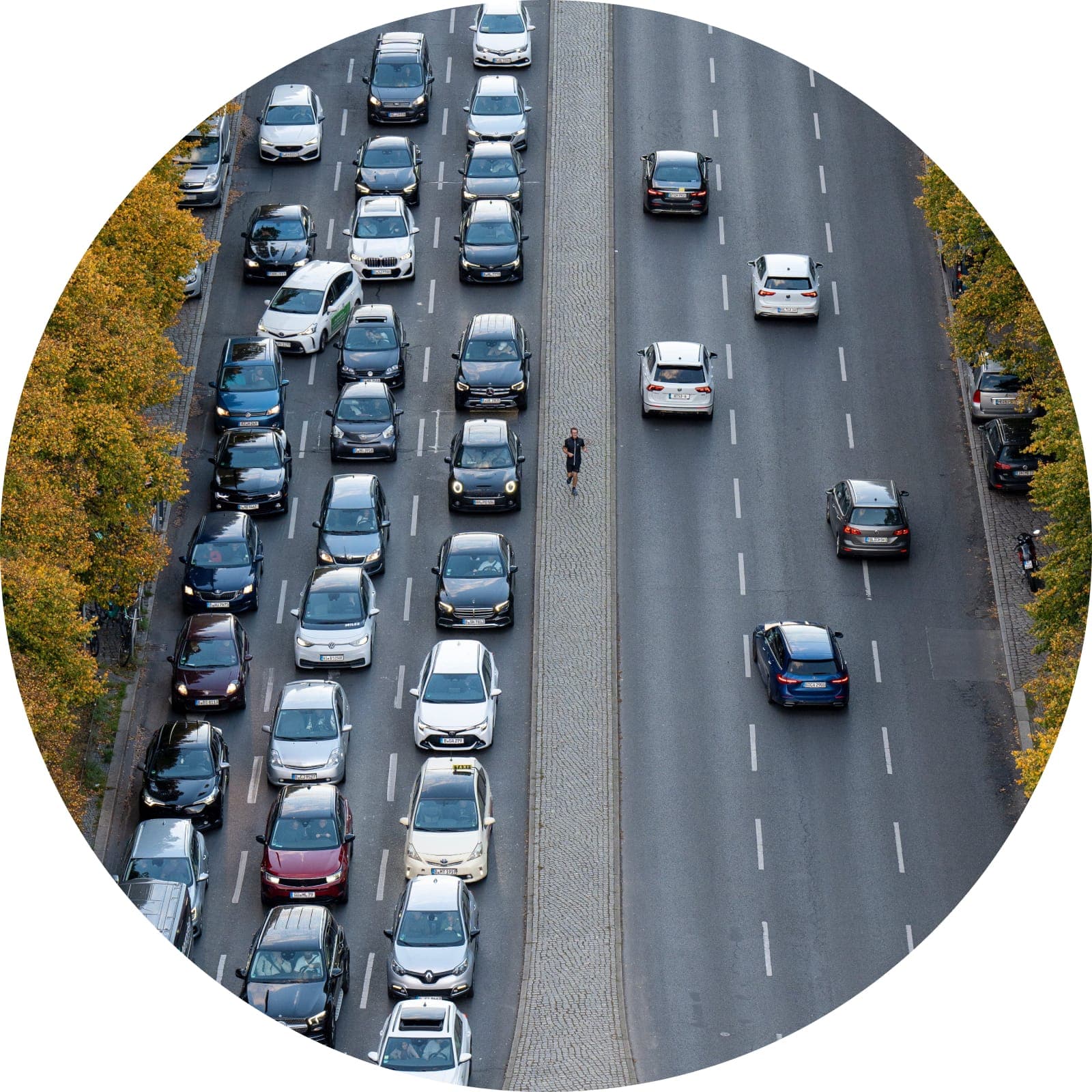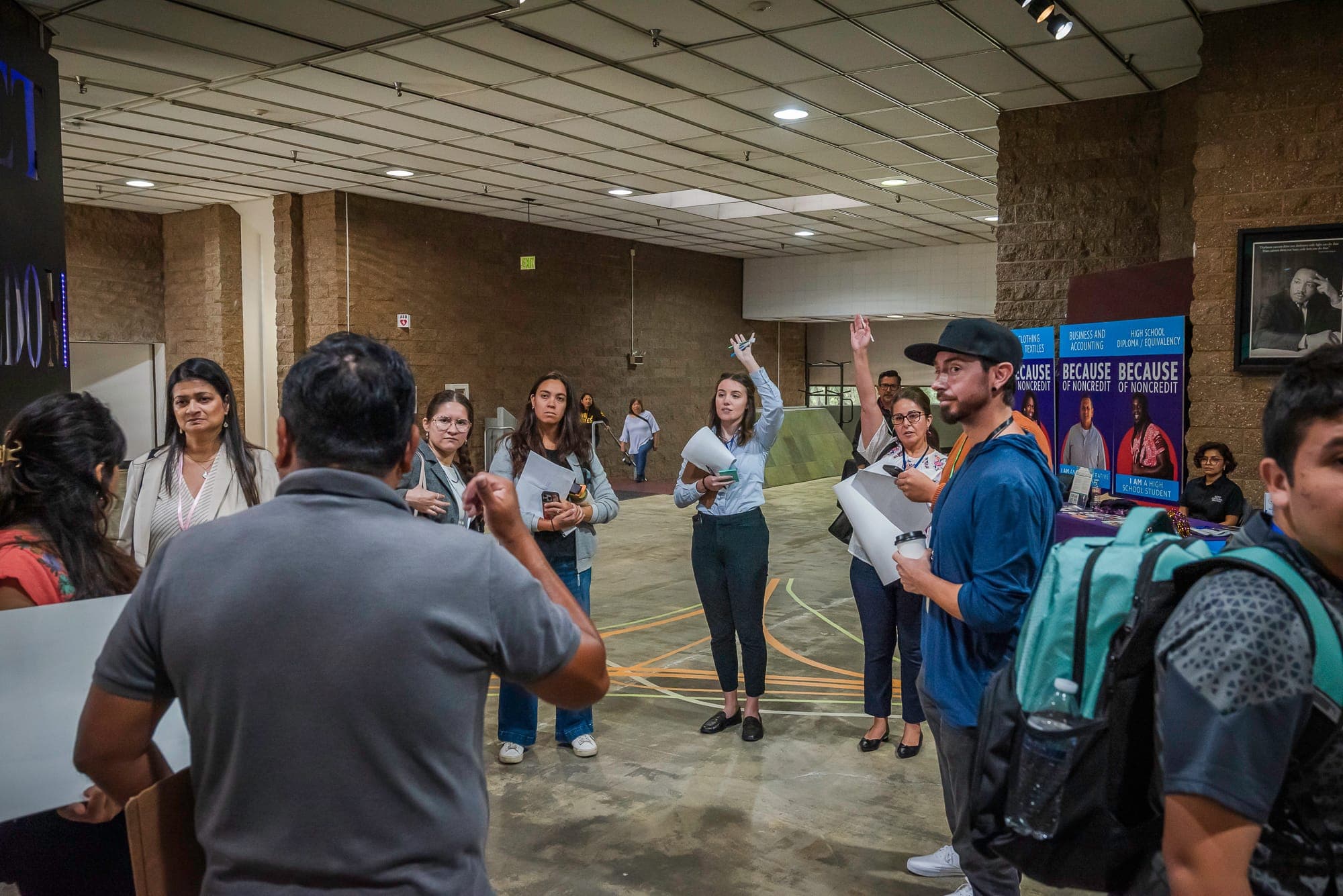
Foot Traffic Ahead 2023
We urge policymakers to consider our recommendations as these policies would likely improve SEI scores and would support housing affordability, improve transit, and bring walkable urban places to communities that currently have to travel far to benefit from these thriving areas and access the job, educational, and economic development opportunities located there.
Recommendations for the Future
Grow the Supply of Walkable Urban Places
Walkable urbanism can be fostered and supported in a myriad of ways, but the most important factor in encouraging the development of additional walkable places is fostering non-auto travel. This type of development requires a system of transportation that allows people to access walkable places, even if they don’t live there. Public transportation networks need to have access to multiple modes of travel and mobility, and be expanded to reach the outer corners of more dense, well-connected areas. Investment in practical, safe design for pedestrians is essential in the development of a well-connected transit system.

Advance Zoning Reform
Historically, zoning has increased racial and economic segregation in the U.S., dividing cities and fostering less diversity in the built environment by separating land uses, as well as preventing upward social mobility. Zoning reform is critical to developing a wider range of housing types, including more affordable and “missing middle” housing, such as duplexes and small-scale apartment buildings. From implementing form-based codes, to supporting infill and dense development around established transit corridors, regions would do well to expand what can be built.

Plan for Future Climate Impacts
Climate impacts are already harming communities across the country, and disproportionately impacting communities of color and lower-income communities. Yet, growth continues in many places which are more vulnerable to climate impacts on account of elevation, floodplain location, or Wildland Urban Interface (WUI). To be better prepared for a future that will see increasingly frequent and severe climate events, metropolitan areas should plan for development in locations that are most resilient to climate hazards, as well as update building and planning standards.

Protect & Promote Affordable Housing
Walkable urbanism thrives when a mix of people from all walks of life enjoy the benefits of amenities it affords. In many U.S. markets, it is challenging for low- and moderate-income households to access the benefits of walkability due to their high prices. Local governments need to both prioritize investing in new affordable housing and preserving existing affordability through strategies such as community land banks, tenants’ rights legislation, financing tools, and other supportive strategies.

Photo by Liz Ligon / Union Square Partnership

© 2026 Smart Growth America. All rights reserved
Site By3Lane Marketing









